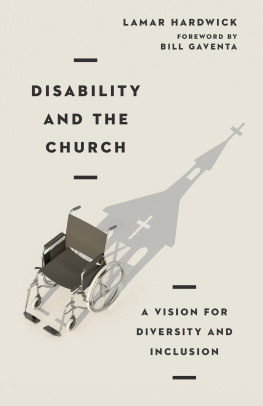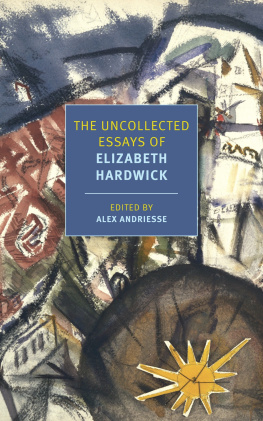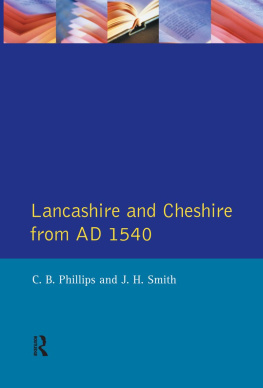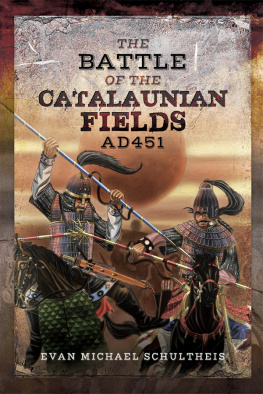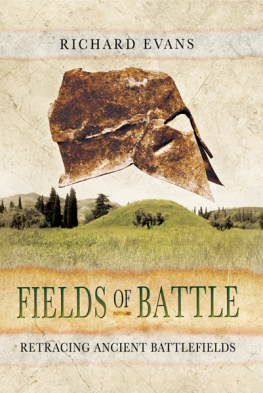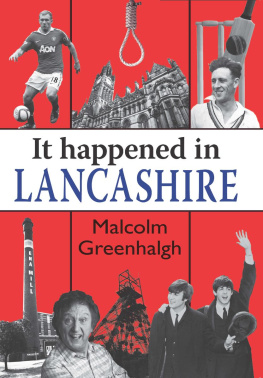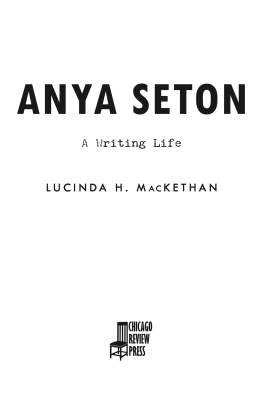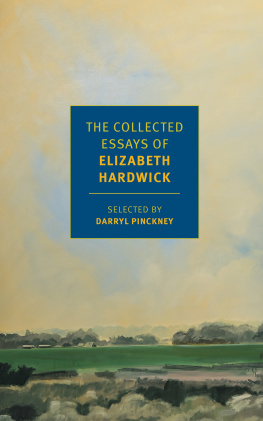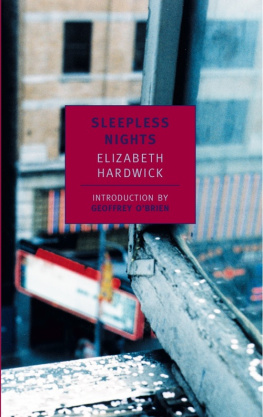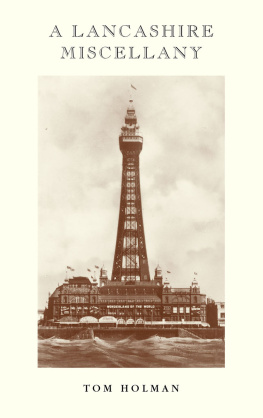Transcriber's Note:
Every effort has been made to replicate this text as faithfully as possible, including some inconsistencies of hyphenation. Some changes of spelling and punctuation have been made. They are listed at the end of the text. The errors listed in the Errata have been fixed.
[Pg iii]
[Pg ii]
ANCIENT BATTLE-FIELDS.
ON SOME ANCIENT
BATTLE-FIELDS IN LANCASHIRE
and their
Historical, Legendary, and Aesthetic Associations.
BY
CHARLES HARDWICK,
Author of a "History of Preston and its Environs," "Traditions, Superstitions and Folk-Lore," "Manual for Patrons and Members of Friendly Societies," &c.
MANCHESTER:
ABEL HEYWOOD & SON, OLDHAM STREET.
LONDON:
SIMPKIN, MARSHALL, & Co., STATIONERS' HALL COURT.
1882.
[Pg iv]
[Pg v]
TO
GEORGE MILNER, Esq., President ,
AND TO THE COUNCIL AND MEMBERS OF THE
MANCHESTER LITERARY CLUB,
THIS WORK IS RESPECTFULLY INSCRIBED BY ONE OF ITS FOUNDERS.
CHARLES HARDWICK.
[Pg vii]
[Pg vi]
PREFACE.
To the transactions of the Manchester Literary Club (1875-8) I contributed four papers on "Some Ancient Battle-fields in Lancashire." These essays form the nuclei of the four chapters of the present volume. Their original scope, however, has been much extended, and the evidences there adduced largely augmented. I have likewise endeavoured to still further fortify and illustrate my several positions, by citations from well-known, and many recent, labourers in similar or cognate fields of enquiry.
I am aware that the precise locality of any given battle-field is of relatively little interest to the general historian, the causes of the conflict and its political results demanding the largest share of his attention. Consequently, doubtful topographical features are often either completely ignored, or but slightly referred to. Such a course, however, is not permissible to the local student. Scarcely anything can be too trifling, in a certain sense, to be unworthy of some investigation on his part. This is especially the case with respect to legendary stories, and traditional beliefs. Their interest is intensified, it is true, to the local reader or student, but the lessons they teach, on patient enquiry, will often be found in harmony with larger or more general truths, and of which truths they often form apt illustrations. "Alas!" truly exclaimed "Verax," in one of his recent letters in the Manchester Weekly Times, "it is hard to disengage ourselves from inherited illusions. They become a part of our being, and falsify the standard of comparison." Modern science may be able to demonstrate that many of the conceptions respecting physical phenomena dealt with in these legendary stories are utterly at variance with now well-known facts. This may be perfectly true, but human nature is influenced in its action, quite as much by its faiths, beliefs, and superstitions, as by the more exact knowledge it may have acquired. Subjective truths are as true, as mere facts or actualities, as objective ones. Thomas Carlyle forcibly expresses this when he asks"Was Luther's picture of the devil less a reality, whether it were formed within the bodily eye, or without it?" Mr. J. R. Green, in his "Making of England," says"Legend, if it distorts facts, preserves accurately enough the impressions of a vanished time." And these impressions being emotionally true, whether scientifically correct or not, have ever been, and will continue to be, powerful factors in the formation of character, and in the progressive development of humanity,morally, socially, and politically. Our predecessors felt their influence and acted accordingly, and many of the presumedly exploded old superstitions survive amongst the mass of mankind to a much greater degree than we often acknowledge or even suspect; although many of their more repulsive forms may have undergone superficial transformation amongst the more educated classes.
Referring to superstitious legendary reverence as a marked feature in the religious characteristics of the seventeenth century, the author of "John Inglesant, a Romance," places in the mouth of the rector of the English College, at Rome, in the seventeenth century, the following words:"These things are true to each of us according as we see them; they are, in fact, but shadows and likenesses of the absolute truth that reveals itself to man in different ways, but always imperfectly, as in a glass."
The Anglo-Saxon Chronicle records that, in the year 685, "it rained blood in Britain, and milk and butter were turned into blood." Of course, educated persons do not believe this now; but our conventionally educated predecessors did, and their conduct was sensibly influenced by such belief. The Chinese think themselves much superior personages, in very many respects, to the "barbarian" European, yet the following paragraph "went the round of the papers" during May, in the present year:"The Kaiping coal mines have been closed in deference to the opinion expressed by the Censor, that the continued working of them would release the earth dragon, disturb the manes of the empress, and bring trouble upon the imperial family."
From the very nature of many of the subjects investigated, and the character of the only available evidence, some of the inferences drawn in the following pages can only be regarded as probabilities, and others as merely possibilities, and they are put forth with no higher pretensions. In such matters dogmatical insistence is out of place, and I have studiously endeavoured to avoid it.
C. H.
72, Talbot Street, Moss Side, Manchester.
August, 1882.
CONTENTS.
.Early Historical and Legendary Battles.
The Arthur of History and Legend. King Arthur's presumed Victories on the Douglas, near Wigan and Blackrod.
Historical works are chiefly records of battles, squabbles and intrigues of diplomatists and politicians. More details now required as to the domestic habits and conditions of the people, and the degree and kind of intellectual and moral culture which obtained at any given period of their history. Progress of man from the savage to a more civilized condition. Records of many battles survive, the sites of which are either unknown or involved in the greatest obscurity. Many genuine historical events are inextricably interwoven with mythical and traditionary legends. The Roman conquest of the Brigantes. Remains of some of these conflicts in Lancashire. The narratives of Gildas, Nennius, Geoffrey of Monmouth, and some others, combinations of historic truths with a mass of tradition, superstition, and artistic fiction. Wales the birthplace of much of European medival fiction. Views of Sig. Panizzi, Professor Henry Morley, Mr. E. B. Tylor, and Mr. Fiske. The Arthurian legends the "source of one of the purest streams of English poetry." Notwithstanding untrustworthy strictly historical elements, they enshrine much genuine legendary national faith as well as superstition. The Rev. John Whitaker's belief in Arthur's historical verity. Other advocates of this view: Mr. Haigh, Henry of Huntingdon and Professor Fergusson. Arthur's traditionary tomb at Glastonbury, opened A.D. 1189. Mr. Haigh's exposition of the fraud then practised. Welsh traditions thereon. The Rev. R. W. Morgan's views. William of Newbury's contempt for Geoffrey's fictions. Shakspere's almost total absence of reference to Arthur. Sir Edward Strachey's comments on the erroneous geography in Sir Thomas Malory's work. Mr. J. R. Green's views. Sir G. W. Dasent, on the paucity of trustworthy historic record from about A.D. 420 to A.D. 730. The deeds of other heroes, especially those of Urien, of Rheged, assigned to Arthur by the medival romance writers. Doubts as to the authenticity of the authorship and dates of the composition of the works of Gildas and Nennius discussed. No mention of Arthur by either Gildas or the Venerable Bede. Mr. Haigh's defence of the old histories, and his conjectures as to the authors. Nennius says the second, third, fourth, and fifth of Arthur's twelve great victories were gained on the banks "of a river called Duglas, in the region Linuis." The Rev. John Whitaker's contention that these battles were fought on the Douglas, near Wigan and Blackrod. The archological and traditional details advanced in support thereof. Opening of the huge barrow "Hasty Knoll," and excavations at Parson's Meadow and Pool Bridge, in the last century, where remains were found, which Whitaker and others regarded as conclusive evidence that some ancient battles had been fought in the localities. Derivation of the word Wigan. Geoffrey's single battle on the Douglas, in which Arthur defeated Colgrin. Mr. Haigh's arguments respecting the dates of these conflicts. His advocacy of the Wigan sites, and identification of another battle on "the river Bassas,"



